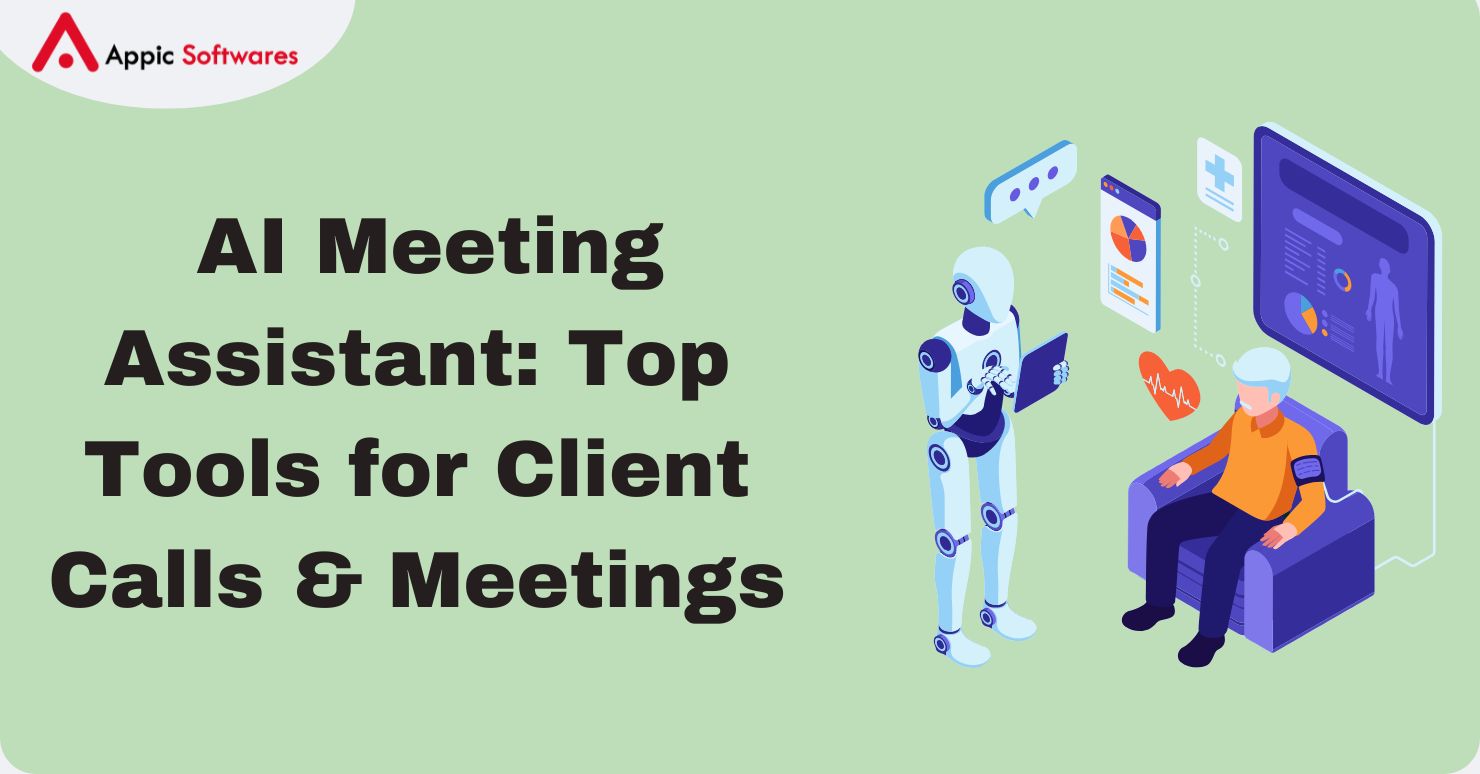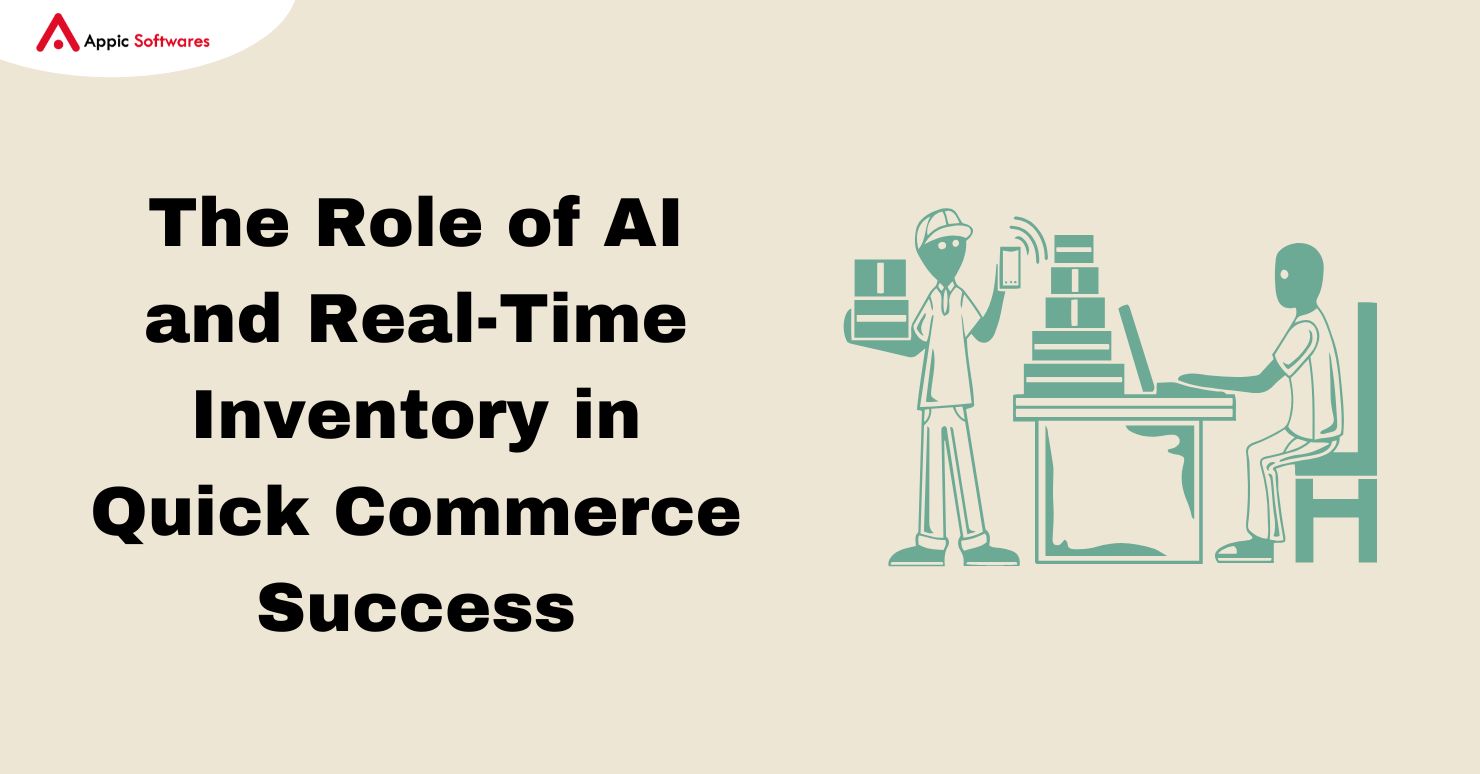
Q-commerce, or quick commerce, is more than simply a fad. It’s a change in the way people shop. Customers want their deliveries to arrive in 10 to 30 minutes. The model focuses on hyperlocal fulfillment, lightning-fast logistics, and tech-driven precision. But how do businesses keep up with such fast speeds without sacrificing accuracy? The answer lies in the seamless blend of artificial intelligence (AI) and real-time inventory management.
These two pillars have changed how things get from warehouses to people’s homes. This essay will look at how AI in rapid commerce and real-time inventory systems help the top companies do well. We’ll look at the technology that make them work and how they make sure they are flexible, efficient, and able to grow.
What Is Quick Commerce and Why It’s Growing
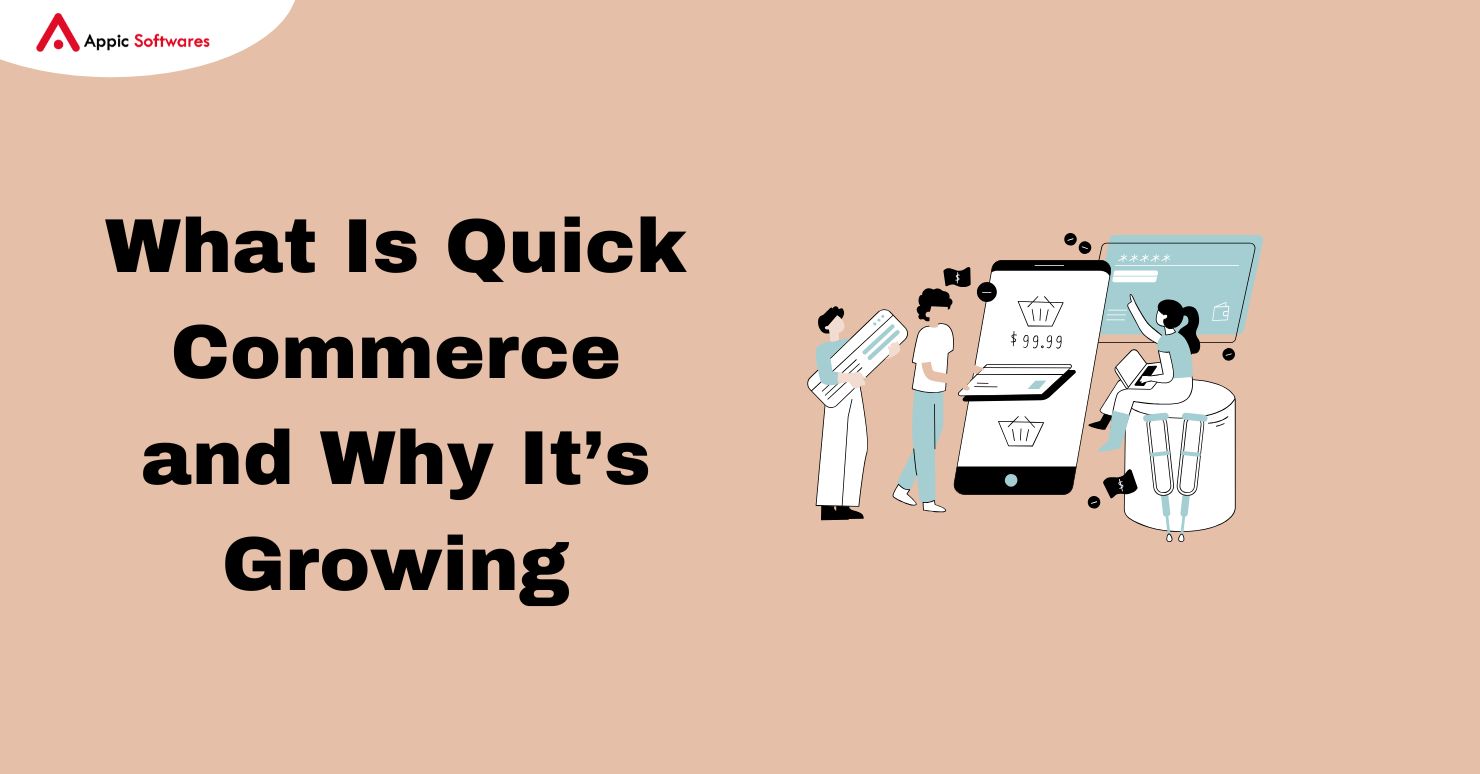
Quick commerce is a subcategory of eCommerce that delivers orders ultra-fast, usually under 30 minutes. Unlike traditional eCommerce that may rely on large warehouses located outside cities, Q-commerce uses dark stores or micro-fulfillment centers in urban areas to ensure product proximity.
Companies like Blinkit, Zepto, Getir, and Swiggy Instamart have scaled rapidly by leveraging technology and smart inventory strategies. But proximity to the customer alone is not enough. The real magic happens behind the scenes, thanks to AI-powered supply chains and real-time stock tracking. These systems often rely on modern frameworks like Supabase and FlutterFlow to streamline app functionality.
Why Real-Time Inventory Management Is Essential
In Q-commerce, real-time inventory management is not a luxury—it’s a necessity. Traditional inventory systems update every few hours or days. That delay is deadly in a business model where every second counts.
Here’s Why It Matters:
- Avoid Stockouts: If the app shows a product in stock and it’s actually sold out, that customer won’t return.
- Prevent Overstocking: Too much inventory leads to higher storage costs and waste, especially for perishables.
- Enhance Customer Trust: Accurate product listings and on-time deliveries improve loyalty and satisfaction.
With automated inventory systems, businesses can see stock levels across all locations in real time. Every purchase, return, and restock is logged instantly, giving decision-makers a live snapshot of their operations.
How Real-Time Stock Tracking Works
To make this level of visibility possible, businesses combine several technologies:
- IoT and RFID sensors: Barcodes and RFID tags allow continuous scanning and tracking of products.
- POS + ERP integration: Sales data automatically updates inventory records across systems.
- Cloud-based dashboards: Managers access inven
best online pharmacy with fast delivery purchase flexeril with the lowest prices today in the USA
tory levels anytime, anywhere.
- Mobile inventory apps: Warehouse staff can scan, update, and verify inventory instantly.
This seamless integration is one of the top challenges of using AI in fintech and Q-commerce, requiring proper architecture, data flow, and consistent monitoring.
AI in Quick Commerce: The Smart Backbone
Now comes the brain of the operation, AI in quick commerce. Artificial intelligence doesn’t just automate tasks. It learns from data, predicts demand, and optimizes decisions in real time.
Here are key areas where AI adds value:
1. Inventory Optimization with AI
AI helps ensure you have the right amount of stock, in the right location, at the right time. Also, this level of dynamic control is similar to what’s explored in AI in real estate examples, adjusting supply based on local patterns.
It analyzes:
- Historical sales
- Day-of-week trends
- Seasonality
- Local events
- Weather conditions
With these insights, AI prevents both overstocking and stockouts. For instance, if juice sales spike on weekends in a particular area, AI will automatically schedule restocking on Friday evenings.
2. AI for Delivery Prediction
Fast delivery isn’t enough, customers also want accurate ETAs. This is where AI for delivery prediction comes in.
AI considers:
- Real-time traffic data
- Weather changes
- Rider location
- Processing times at the warehouse
Based on this, it adjusts delivery timelines and reroutes riders when necessary. The result? Smoother operations and happier customers. Many Q-commerce leaders use technologies similar to those behind Next.js for performance to ensure frontend and backend agility.
The AI-Powered Supply Chain
Today’s supply chains need to be dynamic. An AI-powered supply chain adapts in real-time, based on both demand and capacity.
It includes:
- Smart Procurement: Choosing suppliers based on past reliability and speed.
- Dynamic Warehousing: Allocating orders to the most efficient fulfillment center.
- Predictive Restocking: Placing purchase orders before stock runs out.
- Last-Mile Intelligence: Sending orders to riders with optimal routes and capacities.
All this ensures that Q-commerce businesses stay agile and scalable. These insights drive smarter logistics and support features like real-time AI call receivers.
Automation in Warehouses: Speed Meets Accuracy
Speed inside the warehouse is just as crucial as speed on the road.
Automated inventory systems use:
- Robotics for picking and placing items
- AI vision for shelf-scanning
- Conveyor belts for fast sorting
- Digital alerts for low stock or expiry dates
These tools reduce human error and speed up fulfillment significantly.
These are akin to the optimizations seen in Spotify on Flutter, where seamless UX and system sync are crucial.
AI in Ecommerce Logistics
Logistics is often the most complex part of the process. Fortunately, AI in eCommerce logistics streamlines it end to end.
Key Features:
- Smart Batching: Grouping orders for faster picking and fewer trips.
- Dynamic Pricing: Adjusting delivery fees based on time, demand, and location.
- Route Optimization: AI chooses the fastest path based on real-time data.
- Customer Support Automation: AI bots answer order-related questions, reducing load on human agents.
Together, these features reduce costs and improve customer retention. This complements modern APIs like those listed in our resource on ecommerce APIs.
The Role of eCommerce App Development
Even with AI and real-time stock tracking,
success hinges on the user experience. Choosing frameworks like Ionic or Angular 17 enhances performance and compatibility.
From listing accuracy to real-time ETAs, the eCommerce app becomes the customer’s touchpoint. Personalization powered by machine learning—similar to those used by fintech app developers, can boost conversion and retention.
Quick Commerce Needs
An effective eCommerce app for quick commerce needs to do more than just list products. It must seamlessly sync with real-time inventory systems to reflect accurate stock availability at all times. Nothing frustrates a user more than adding a product to their cart only to be notified at checkout that it’s out of stock.
Personalized Product Suggestions
Another essential feature is personalized product suggestions powered by AI. Using machine learning algorithms, the app can analyze previous orders, browsing behavior, and preferences to recommend products the customer is likely to buy. This not only enhances the user experience but also increases average order value.
Real-Time Estimated Delivery Times
The app must also be capable of providing real-time estimated delivery times (ETAs) and live order tracking. With AI predicting delivery windows based on real-time traffic and rider location, users feel more confident about the promised delivery timelines.
Ultimately, the role of eCommerce app development is not just technical. It’s strategic. A robust, AI-integrated, real-time connected app turns one-time users into loyal customers, significantly contributing to long-term business growth.
AI and Sustainability in Q-Commerce
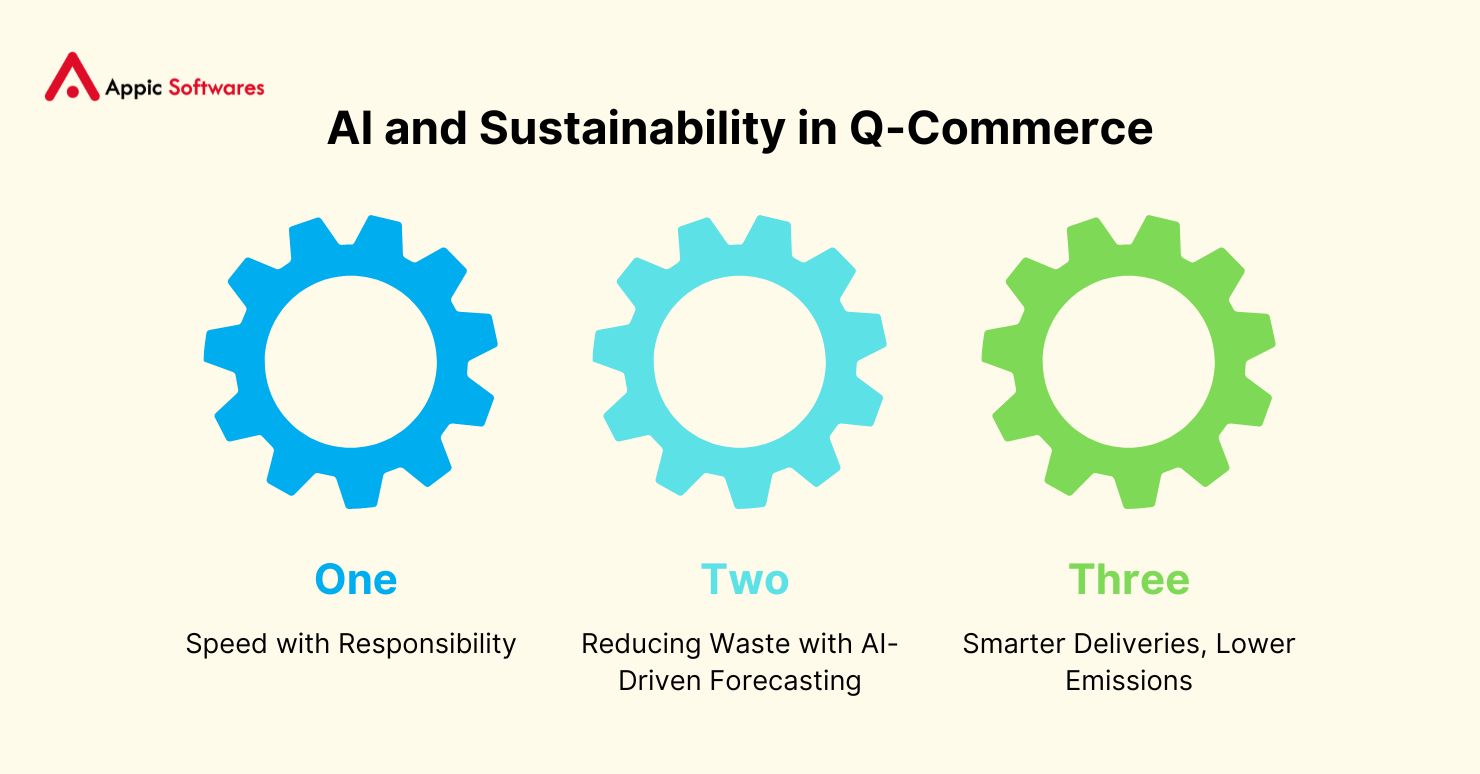
Speed with Responsibility
AI enables both speed and environmental responsibility by optimizing stock and minimizing waste. This is closely tied to generative AI in banking, where AI also balances risk and efficiency.
Reducing Waste with AI-Driven Forecasting
AI reduces spoilage and enables smart restocking, akin to innovations in data science in fintech.
Smarter Deliveries, Lower Emissions
AI optimizes delivery patterns and routes, foundational in AI hiring vs traditional hiring where operational efficiency is key.
Bridging the Gap Between Speed and Sustainability
On the surface, sustainability and Q-commerce appear to be contradictory. Fast logistics and frequent deliveries could easily increase fuel usage, waste, and resource consumption. However, artificial intelligence bridges this apparent gap. With advanced algorithms, real-time analytics, and predictive capabilities, AI enables companies to maintain delivery speed while reducing environmental impact.
Through inventory optimization with AI, businesses gain the power to monitor product demand closely, avoid excess stock, reduce waste, and manage perishables effectively. When used properly, AI supports both business and environmental goals, making Q-commerce not just quicker but also smarter and greener.
Reducing Waste with AI-Driven Forecasting
One of the most pressing challenges in Q-commerce is waste—particularly with groceries and other perishable items. Without proper planning, businesses either overstock (which leads to spoilage) or understock (leading to lost sales and increased delivery rounds).
AI helps solve this with precision. By analyzing real-time sales data, weather trends, local events, and customer behavior, AI predicts what products will be needed and in what quantities. It can even monitor expiry dates and suggest actions like dynamic discounts or stock redistribution. This smart strategy minimizes waste and ensures optimal inventory turnover.
Such real-time inventory management not only helps the planet but also protects profit margins.
Read more: AI In Inventory Management: Use cases, Benefits And More
Smarter Deliveries, Lower Emissions
Delivery is at the heart of Q-commerce. But rapid delivery, if unmanaged, can lead to excessive carbon emissions. That’s why AI is crucial in building sustainable quick commerce logistics.
AI analyzes delivery patterns and customer locations to consolidate orders and optimize delivery routes. Instead of sending multiple riders to the same neighborhood, AI batches deliveries intelligently, reducing fuel consumption and emissions. Additionally, real-time route optimization based on traffic, weather, and rider availability ensures that each delivery is as efficient as possible.
The result is a lower environmental footprint and better utilization of delivery resources—without slowing down service.
Avoiding Overstocking and Understocking
Another key benefit of AI in Q-commerce is its ability to prevent both overstocking and understocking.
-
Overstocking uses excessive warehouse space, increases refrigeration energy, and often results in discarded goods.
-
Understocking leads to urgent restocking, delayed deliveries, and missed sales opportunities.
By leveraging AI-powered supply chain systems, businesses can track demand in real-time, adjusting purchase orders and stock levels accordingly. This dynamic responsiveness is what makes AI so powerful in balancing operational needs with environmental impact.
Bonus read: Web Development Outsourcing: A Complete Guide
AI-Powered Supply Chains Enable Green Growth
A truly sustainable Q-commerce business is one that has an integrated, AI-powered supply chain. Every stage—from procurement to last-mile delivery—is optimized for speed, cost-efficiency, and sustainability.
AI enables better supplier selection, predictive stock replenishment, and warehouse automation. In the process, businesses reduce manual errors, wasted trips, and inefficient storage practices. With this level of automation and optimization, companies not only meet customer expectations but also significantly reduce their carbon footprint.
As Q-commerce scales globally, automated inventory systems and AI-driven logistics will be key to reducing the industry’s environmental impact.
Challenges Still Exist
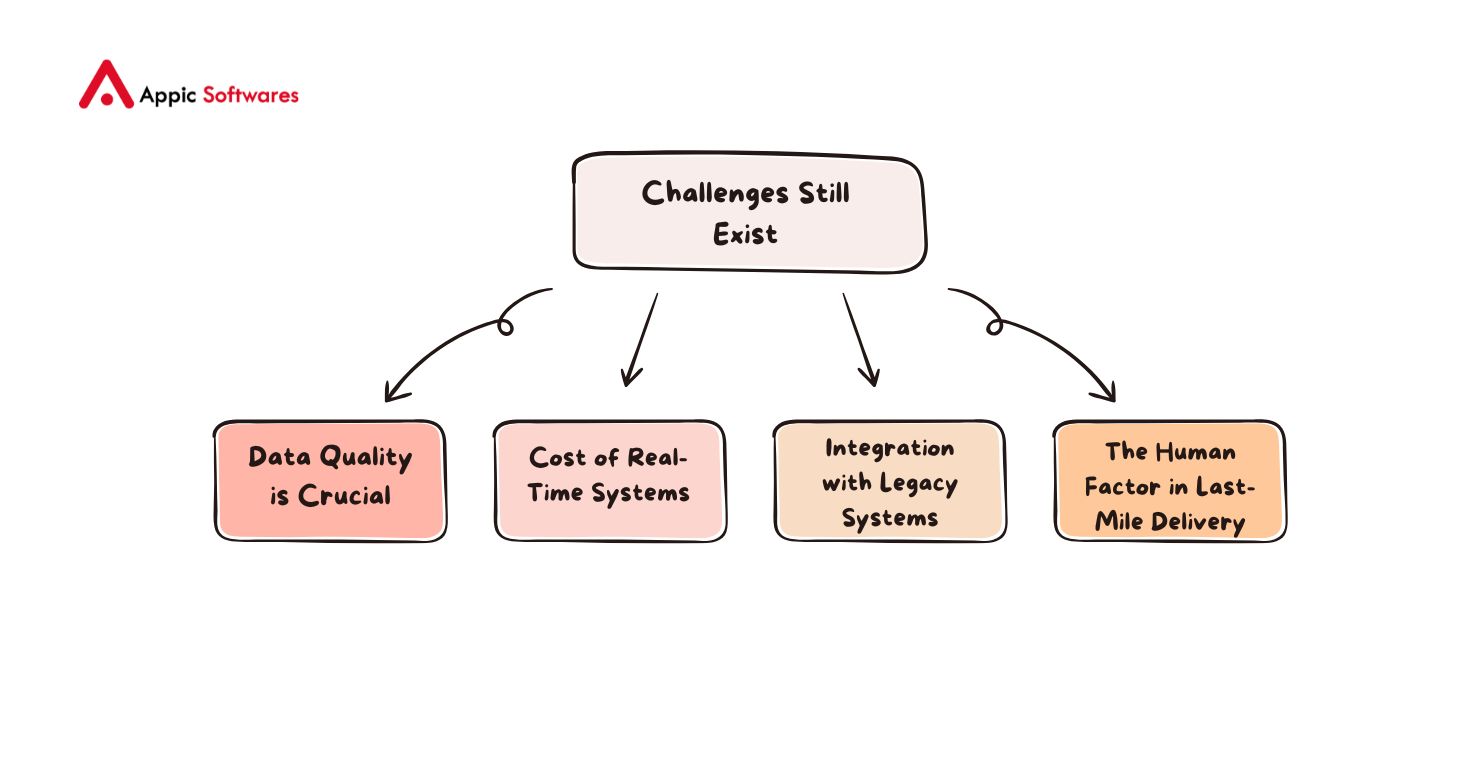
Data Quality is Crucial
While AI offers immense potential, it relies heavily on data. One of the most common barriers to AI success in Q-commerce is poor data quality. Many businesses struggle with fragmented systems, outdated data, or inconsistencies across platforms. If the AI doesn’t have access to clean, structured, and real-time data, its predictions can be inaccurate.
This directly affects real-time stock tracking, delivery routing, and demand forecasting. To ensure AI’s success, companies must invest in data cleanup, system integration, and ongoing monitoring.
Cost of Real-Time Systems
Implementing real-time inventory management and AI-based systems comes with a cost. Tools like IoT sensors, RFID scanners, AI platforms, and cloud-based dashboards require upfront investment. For startups or small businesses, this may seem like a barrier.
However, the return on investment (ROI) is clear. Automated inventory systems reduce labor costs, improve order accuracy, and prevent losses from waste or mismanagement. Over time, these savings far outweigh the initial setup costs.
Integration with Legacy Systems
Many companies already have ERP systems or warehouse software that aren’t designed for real-time performance. Connecting these legacy tools with new AI platforms can be challenging. It often requires custom API development, new data pipelines, and platform training.
Despite this complexity, integration is essential. Without connecting all parts of the supply chain, AI cannot function effectively. Businesses should plan for phased implementation and work with an experienced ecommerce app development company to minimize risk.
The Human Factor in Last-Mile Delivery
People are still part of the loop. AI assists but doesn’t replace humans. These human-AI learning loops are similar to those in blockchain in trading finance, where systems evolve through feedback.
AI can help with operations by giving alarms, making schedules more efficient, and allowing people to talk to each other in real time. But it’s just as crucial to train and help your workers. Empowering people maximizes the effectiveness of technology.
Real-Time Inventory and AI: A Strategic Alliance
In Q-commerce, real-time inventory isn’t just about tracking stock, it’s a strategic asset. By feeding up-to-the-second data into AI engines, companies establish a feedback loop that keeps operations aligned with demand fluctuations. This synergy minimizes guesswork and transforms inventory from a static resource into a dynamic decision-maker.
Dynamic Rebalancing Between Centers
AI identifies which dark store locations are running low and redistributes inventory in advance. This rebalancing process keeps all fulfillment centers optimally stocked, preventing emergencies and maximizing storage efficiency. It’s an invisible dance powered by predictive algorithms and real-time alerts.
Real-Time Personalization at Micro-Moment Scale
Beyond general personalization, the next level in Q‑commerce involves adapting the app experience based on real-time inventory and context. Predictive AI suggests products that are not only popular in the area but are available in stock right now. This micro-moment personalization increases basket relevance and customer satisfaction.
Real-Time Failover Management
What if a sudden event causes unexpected demand, like a storm driving up demand for umbrellas? AI systems can trigger instant failover responses:
- Shift inventory from nearby zones
- Temporarily highlight alternative product suggestions
- Adjust rider schedules dynamically
These responses happen in seconds, maintaining service continuity under pressure.
Transparent Carbon Reporting
Advanced Q-commerce players are embedding carbon footprint data directly into orders. AI calculates estimated emissions based on delivery distance, bike vs. vehicle, and load efficiency. Customers can then make greener choices, like grouping deliveries or choosing slower-but-greener options, reinforcing brand loyalty and sustainability commitment.
Continuous AI-To-Human Learning Loops
Teams still matter. After fulfillment, AI analyzes missed or delayed orders and feeds that info to staff via dashboards. Staff provide feedback on anomalies (“traffic jam here today”) which, in turn, refines AI models. This human–machine feedback loop evolves with each shift, boosting both performance and staff engagement.
Next-Gen Scenario Simulation
Before launching a new micro-fulfillment center or route, AI can simulate scenarios:
- Demand surges in peak month
- Delivery delays due to construction
- Temporary rider shortages
By stress-testing the system virtually, companies can proactively adjust inventory thresholds, labor schedules, and ride allocations before issues ever hit live operations.
Conclusion
Quick commerce has evolved from a novelty to a necessity. Businesses can no longer rely on legacy systems. From finance for enterprise to quick grocery delivery, AI and real-time systems drive modern logistics.
These technologies have changed the way supply chains work, how things are stored and sold, and how deliveries are made. AI-powered supply chains let firms respond quickly to changes in demand, find the best delivery routes, cut down on waste, and give customers a seamless, responsive experience. Automated inventory systems, on the other hand, keep shelves stocked in a smart way, which lowers costs and makes things more available.
Digital intelligence helps every part of Q-commerce, from using AI to improve inventory management to using AI to anticipate delivery times. Sustainability-focused logistics and data-driven efficiency models are even looking at how fast delivery affects the environment.
The most important thing to remember? It’s not simply about speed anymore when it comes to quick commerce. It’s about smart speed, which is a mix of intellect, accuracy, long-term viability, and the ability to grow. And businesses who put money into these technologies now aren’t just staying up; they’re ahead of the competition.
If you want to enter into or expand in the Q-commerce business, now is the moment to act, whether you’re an entrepreneur, retailer, or digital transformation leader. If you want:
- Smart creation of ecommerce apps
- Tools that use AI to guess when deliveries will happen
- Automated inventory systems from start to finish
- Dashboards for inventory in real time
- Or a supply chain that is completely powered by AI
You need a tech partner who knows how fast and complicated current quick commerce is.
We at Appic Softwares are experts at creating high-performance eCommerce and Q-commerce platforms using the most up-to-date technologies. We build systems that can grow with your business. These systems use AI, real-time data sync, cloud infrastructure, and easy-to-use mobile interfaces to make everything run smoothly.
Want to give your Q-commerce platform a boost with AI and real-time tech?
Contact us today to build the future of fast, smart commerce.
Frequently Asked Questions (FAQs)
1. What is quick commerce, and how is it different from traditional e-commerce?
Quick commerce (Q-commerce) is a quicker, more localized kind of e-commerce that delivers goods in 10 to 30 minutes. It uses dark storefronts and micro-fulfillment centers, which is different from typical e-commerce, which ships from big warehouses and takes longer to deliver.
2. How does real-time inventory management benefit Q-commerce businesses?
Real-time inventory management helps Q-commerce businesses avoid stockouts, reduce waste, and ensure accurate order fulfillment. It gives instant visibility into what’s in stock, where it’s located, and how quickly it’s moving—essential in ultra-fast delivery models.
3. How is AI used in Quick Commerce?
AI is used in rapid commerce for:
- Predicting demand
Prediction of delivery
Optimizing routes
Optimizing inventory
Personalization for customers
Making decisions in real time
This makes operations faster, smarter, and less expensive.
4. Can small businesses afford AI and automated inventory systems?
Yes. Like those who hire Indian developers, small businesses can scale incrementally with modular AI solutions. Many tools are also available in scalable or modular forms to suit smaller operations.







